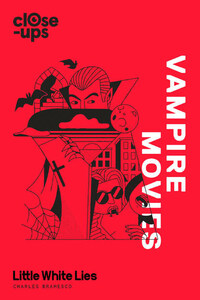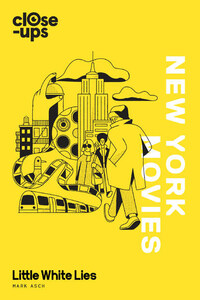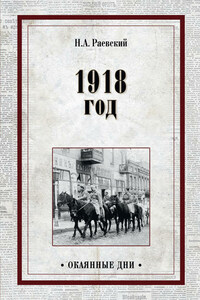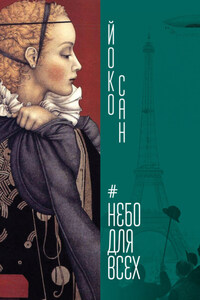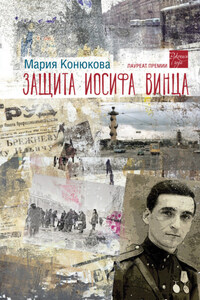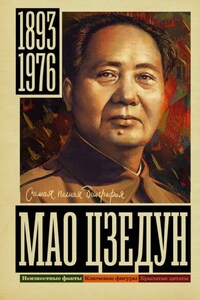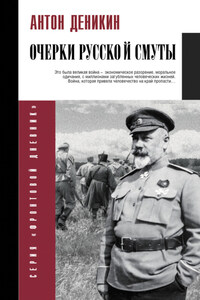Close-Ups is a series of pocket guides to the world of film from Little White Lies and William Collins. In the title you are holding, our hope is that you find a fresh, personal exploration of a particular director, actor, movement or genre. We hope that you will join our authors in their efforts to look at movies through a new lens.
David Jenkins
Editor
Little White Lies Magazine
William Collins
An imprint of HarperCollinsPublishers 1 London Bridge Street
London SE1 9GF
www.WilliamCollinsBooks.com
This eBook first published in Great Britain by William Collins in 2018
Copyright © Charles Bramesco and Little White Lies 2018
Charles Bramesco asserts the moral right to be identified as the author of this work
Series editors: David Jenkins, Tom Killingbeck, Clive Wilson
Cover illustration by Christopher DeLorenzo
Interior illustrations by Laurène Boglio
Design and layout: Oliver Stafford, Laurène Boglio, Sophie Mo
A catalogue record for this book is available from the British Library
All rights reserved under International and Pan-American Copyright Conventions. By payment of the required fees, you have been granted the non-exclusive, non-transferable right to access and read the text of this e-book on-screen. No part of this text may be reproduced, transmitted, down-loaded, decompiled, reverse engineered, or stored in or introduced into any information storage and retrieval system, in any form or by any means, whether electronic or mechanical, now known or hereinafter invented, without the express written permission of HarperCollins
Source ISBN: 9780008256616
Ebook Edition © September 2018 ISBN: 9780008256623
Version: 2018-10-01
For Bram Stoker, who gave us the night, and Bram Norton, who gave me the gene.
Contents
COVER
TITLE PAGE
COPYRIGHT
DEDICATION
INTRODUCTION
CHAPTER ONE
THE FERAL VAMPIRE Vampirus Nosferatus
CHAPTER TWO THE DEBONAIR VAMPIRE Vampirus Domesticus
CHAPTER THREE THE CLOWN VAMPIRE Vampirus Comidicus
CHAPTER FOUR THE COOL VAMPIRE Vampirus Nihilisticus
CHAPTER FIVE THE BLACK VAMPIRE Vampirus Africanus
CHAPTER SIX THE FEMALE VAMPIRE Vampirus Vampira
CHAPTER SEVEN THE WESTERN VAMPIRE Vampirus Varminticus
CHAPTER EIGHT THE CHILDISH VAMPIRE Vampirus Juvenalius
CHAPTER NINE THE HEARTTHROB VAMPIRE Vampirus Smolderiam
CHAPTER TEN ASSORTED SPECIMENS FROM AROUND THE GLOBE
FURTHER READING AND VIEWING
ACKNOWLEDGEMENTS
ABOUT THE AUTHOR
ALSO AVAILABLE IN THE CLOSE-UPS SERIES
ABOUT THE PUBLISHER
What sets the vampire apart from the werewolf, the zombie, the mummy and the rest of the frightful coterie that’s paraded through horror cinema over the past century and change? The simple answer — and it’s because the answer is not simple that the book now in your hands exists at all—is charisma. A vampire’s got personality. The vampire has thoughts that go beyond “eat” or “kill” or “braaaaains”. It’s capable of surprising an audience, of having internal complexity that no walking killing machine can. Poke around in the strange psychological brew of sex and death from which the vampire emerged, and the figure might even start to look a little tragic.
But only sometimes. The vampire genus collects a wider variety of species than any other monster, appearing in all manner of shapes and sizes, with wildly inconsistent physical traits and abilities. Even a seven-foot rat-faced aberration like Nosferatu’s Count Orlok shares at least a few strands of DNA with the mute enchantress that Grace Jones portrays in Vamp. Set aside the creature in question, and little binds one vampire film to another; they’ve assumed all genres, all tones and covered every corner of the planet. This book attempts to survey the many subspecies of silver-screen vampire for a cinematic field guide, organizing the vast canon through criteria of style and content rather than a historical timeline. Use it as a practical resource on your own travels through cinema, directing you to a new path or illuminating the one you’re already on.
Once upon a time in Weimar Germany, fledgling movie studio Prana Film needed a hit. Founder Albin Grau wanted to mount a project based on an idea a Serbian farmer had given him during his tenure in military service, about a man rising from the dead to walk the Earth and spread terror. Like most of Europe, he had read Bram Stoker’s 1897 novel Dracula and figured that it would be as good a place as any to start. Grau and Prana cofounder Enrico Dieckmann soon contacted screenwriter Henrik Galeen with an unusual, specific assignment. There was no way that the still-green Prana would shell out to actually purchase the rights to adapt Stoker’s book, so it fell to Galeen to alter the source material just enough to protect them from litigation, but not so much that the story and its crowd-pleasing villain would be rendered unrecognizable. The Transformers have no-budget imitator Transmorphers, and Dracula had Nosferatu; Galeen retained the particulars of Stoker’s plot and the core elements of his title character, leaving no room for those familiar with the novel to mistake the fiend. But in order to legally cover both his and his employer's hindquarters, Galeen swapped out a couple of key names. He re-christened the villain Count Orlok, and bestowed upon the film a new title, taken from the script’s hushed word alluding to “the bird of death”:
